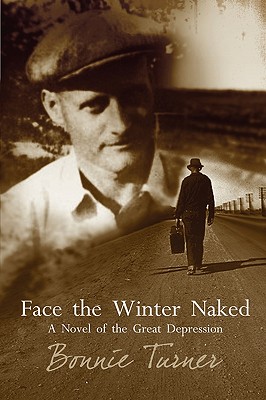 Note: details here about how you can complete this interview.
Note: details here about how you can complete this interview.
1. How did you come to self-publish? Did you try to get published traditionally?
Houghton Mifflin published my middle-grade novel, The Haunted Igloo, in 1991. I actively promoted it for a few years in elementary schools until my husband became ill and went on hospice. I was then too busy caring for him to keep up the school visits, which I loved. Then the book went out of print and HMC refused to put it back into print. They also rejected my sequel, Spirit Lights. I believe much of this problem was due to my original editor having left the publisher to work at Candlewick Press. The new editor wasn’t as enthusiastic about my work as my other editor had been. At that time, Candlewick was very new, and they were concentrating on picture books and books for younger readers.
During the time my husband fought for his life, I continued writing and completed another juvenile book, Down the Memory Hole, a novel about Alzheimer’s Disease. I finished the first draft of that book during the week of my husband’s death. And while working on it, I began thinking of a young-adult novel set in the Arctic, plus the Great Depression novel I’d begun eighteen years before. With ideas coming left and right, I decided to self-publish the children’s books to get them out of the way so I could concentrate on newer works. I had a children’s agent for a few years who loved my books, but it didn’t work out, so we parted ways.
2. What self-publishing service did you use? Happy with the service?
Sorry to say, after The Haunted Igloo went out of print, I paid to have it published by 1st Books (now Authorhouse). I was not satisfied with their work, and soon learned the company is simply a vanity press. Fortunately, I found Lulu.com and began publishing with them. (I’ve published five books with Lulu to date and am working on a sixth.) I found their software simple and easy to use, and the books look nice and professional. I’m proud to say I did all my own formatting, editing, and even designed my own covers. This is artistic activity I love and seem to be cut out for. Self-publishing with Lulu satisfied the creative artist in me.
That was for paperback editions. When I learned about Kindle and Smashwords, I decided that, even with eBooks available, I wanted paper editions for readers who prefer that format.
3. What avenues have you taken to market the book? Have you gotten reviews, interviews, TV, print media coverage?
I haven’t marketed my books nearly as much as I should or could have. I sent out press releases and notified newspapers and libraries in other cities where I’ve lived. I notified the schools, and sent out review copies. I’ve had my books accepted on consignment in a couple of local bookstores. For a while, I had a good contact at my local newspaper, who’d write up a feature article for me on occasion. But she’s gone now and it’s difficult to interest any of the new people at the paper. Some remember me from my local school visits; many don’t know who I am.
I’m trying to do things differently with my adult historical novel, Face the Winter Naked. I’ve joined Facebook and Backspace (a large online writers’ group). I push this book at every opportunity. The novel is timely, due to the current wars, unemployment, homelessness, and the PTSD our service men and women are experiencing at this time. I mailed PRs and personal letters to over fifty newspapers in Missouri, where my novel is set, and which is my home state.
If I have a platform for this historical fiction–not that I need one, mind you–it’s that I was born the year of my novel, 1932, which makes me 78 years old this coming Halloween, perhaps one of a handful of survivors from that era. And although I haven’t lived in Missouri for years, I still speak fluent “hillbilly” with a southern drawl. A great deal of research has gone into this book, and I wasn’t about to let all that work go to waste by querying agents and publishers for the rest of my life. On October 26, Circle of Seven Productions will distribute my book trailer to various social media, libraries, and booksellers. I can’t wait to see how that works out. Also, for this novel (Face the Winter Naked), I had the cover professionally designed by an artist in Johannesburg, SA.
4. What drove you to write this particular book?
I wanted to write a book my dad would’ve been proud of. I got the idea when one of my sons was still in high school and studying the Great Depression in history class. Also, we had acquired a stray cat that we named Hobo, and the idea for a novel set in the Depression began forming. The original title was “The Hobo.” But after writing seven chapters, I realized I’d need to do much more research for this book. So I put it away and didn’t see it again for almost eighteen years. When I looked at it again, the plot began to take form, the title changed, and I was off on a great adventure set in the Great Depression.
5. Is the book in any one particular genre? Is it a genre that’s familiar to you?
The book is historical fiction and, I might add, quite a bit of Americana. Both are familiar to me. And although it’s set in a sad period of our country’s history, my main character and his wife are humble people with a great sense of humor.
6. Who are your greatest writing influences?
Oh my! That’s a hard question, since so many famous writers have influenced me in the past: Michener, Twain, Rolvaag (Giants in the Earth), Buck, Paulsen, Keyes, and more recently, Lauren Baratz-Logsted Jon Clinch, E.J. Knapp, and A.S. King. There are just too many to name, but maybe I can sneak in the Dick and Jane readers from my first-grade class!
7. What’s your writing regimen? Any tips for keeping focused?
I try to follow Stephen King’s rule to shut myself up in my office and write for a specified time. I’m a big fan of right-brain methods of writing, and I use music that helps set my scenes. Today, for example, I can listen to a certain banjo piece and I’m right back in Face the Winter Naked again. I’ve also learned not to edit as I go, but to just let it all out, then go back and edit after the novel has rested a few weeks.
8. Would you self-publish again?
I would definitely self-publish again, considering how the traditional publishing world seems to be in a terrific upheaval at this time. I have always prided myself in “writing between the cracks”—original ideas that publishers are asking for, but when it comes right down to it, they instead turn to their stables of bestselling authors. That leaves out a lot of great authors, whose only alternative is to self-publish.
9. Any final words of advice for those looking to self-publish?
* Self-publishers need to beware of paying for services, except for the necessary purchase of ISBNs.
* It’s vital authors have their manuscript vetted by someone who knows what they’re doing. Shoddy workmanship hurts all independent publishers. If one is serious about writing and publishing, he or she must educate themselves. Learn the rules of writing, of sentence structure, of punctuation and spelling. There’s plenty of competition, and if you don’t study and learn the rules, you’re wasting your time.
I firmly believe the old saying: There’s always more room at the top. Why? Because most would-be writers give up too soon, and they stop climbing the ladder.
Get an Editorial Review | Get Amazon Sales & Reviews | Get Edited | Get Beta Readers | Enter the SPR Book Awards | Other Marketing Services


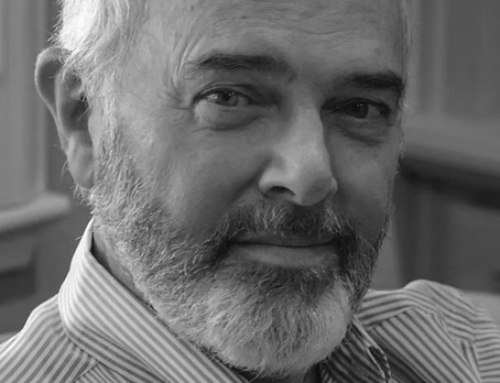
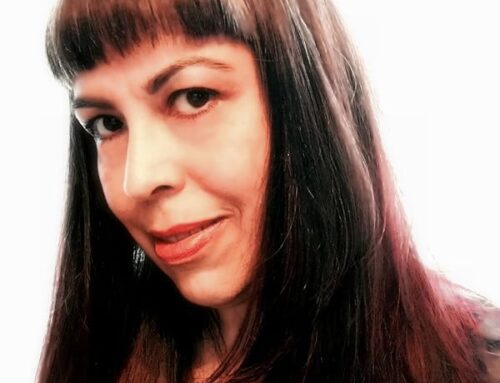
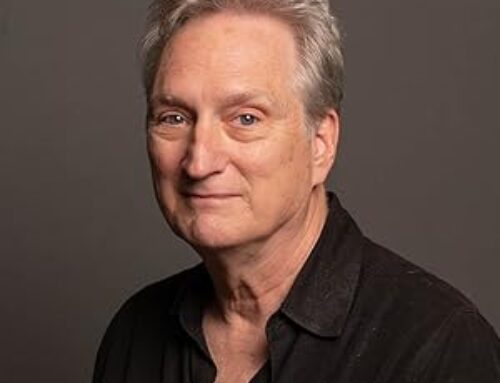
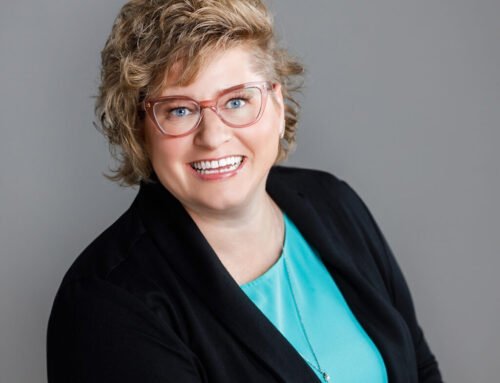
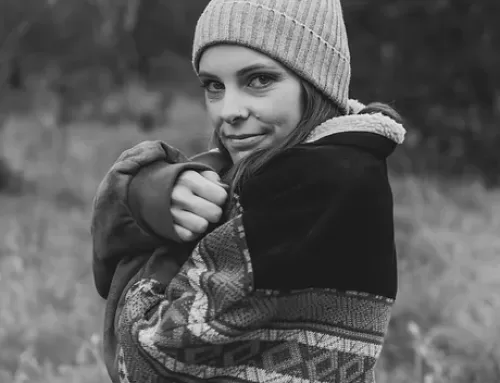
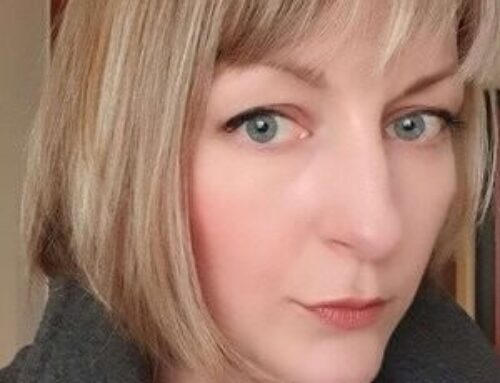
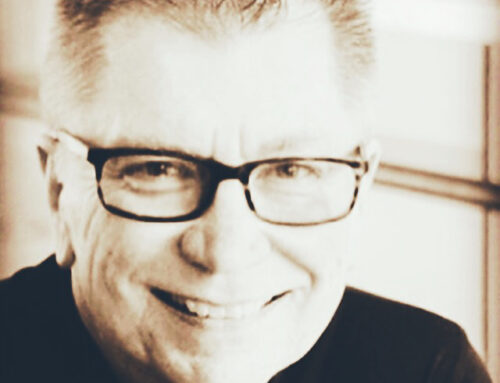
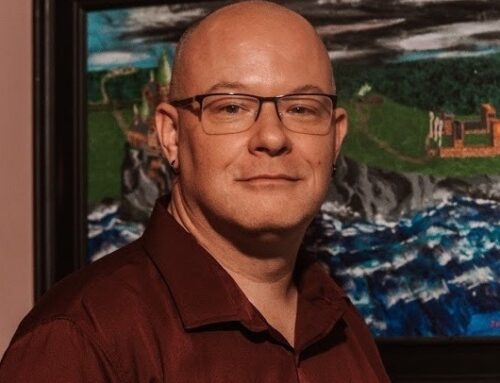
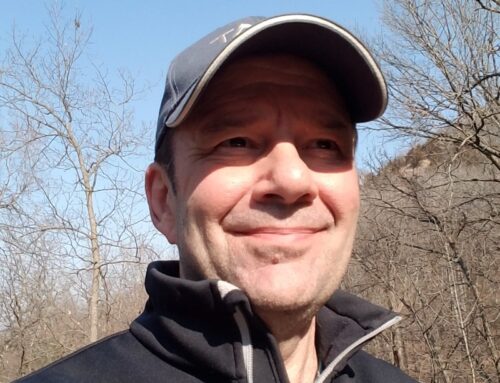
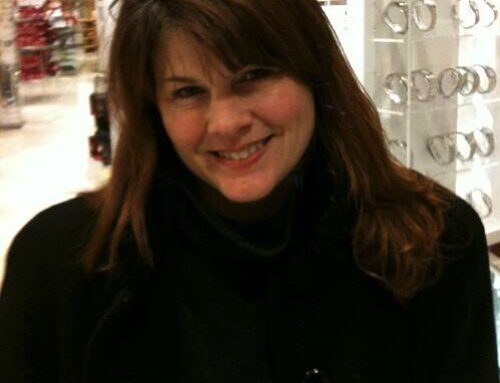
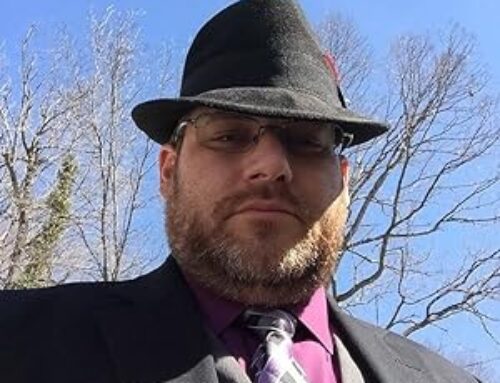
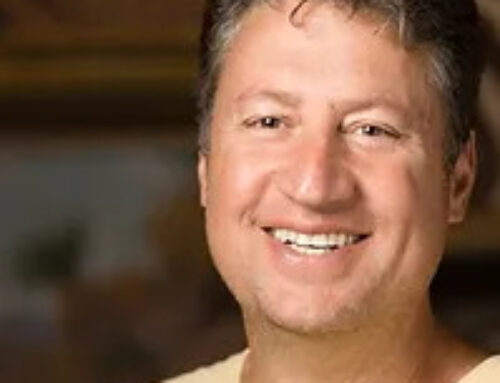
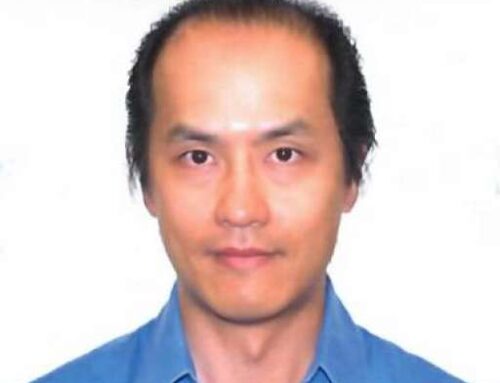
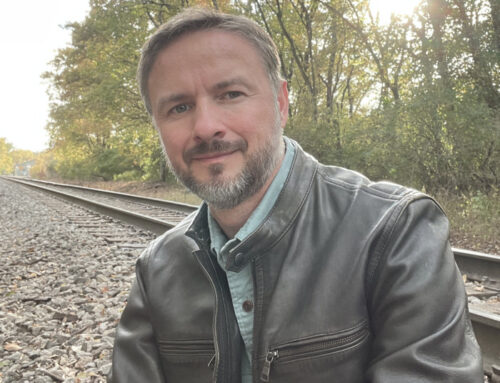
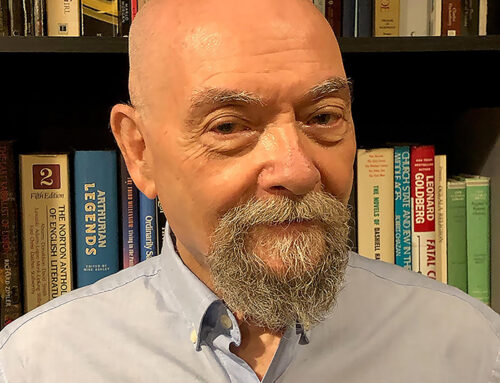
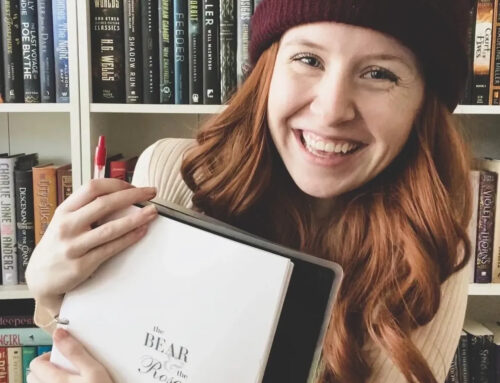
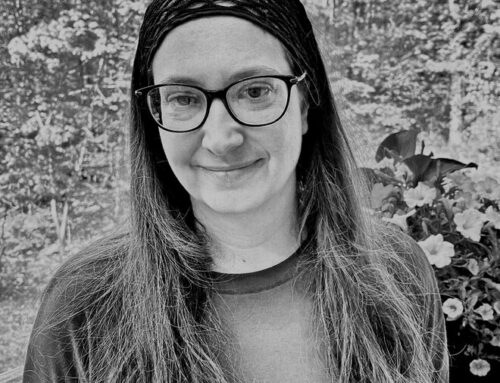
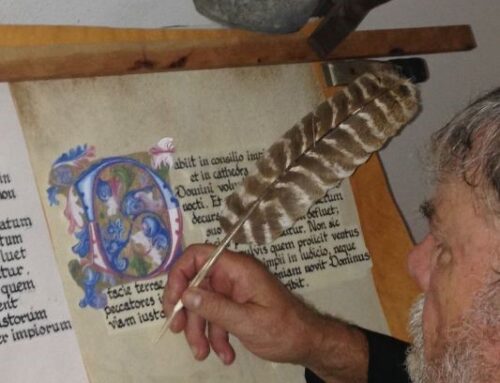
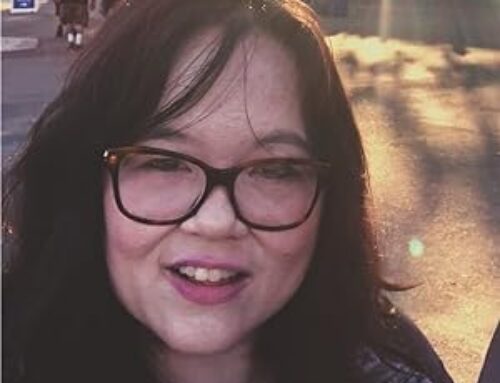
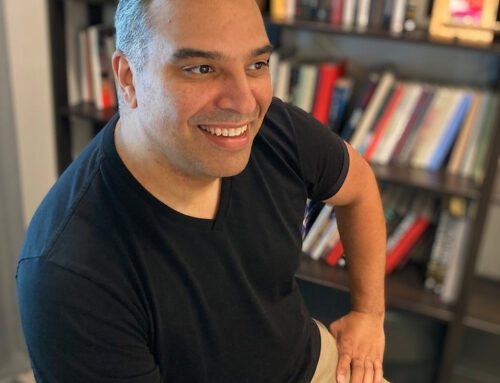
What a great story. Thank you. Last year I read on an agent’s blog that he was looking “for an author who would look good sitting at a card table meeting buyers and signing books.” ” At least he was honest. It definitely helps to have a certain “look” in this media=driven age. And most of us are not it. Draw your own conclusions on this one.It helps to be Suzanne Somers. If you can write as well…cool.
Thanks for taking the time to comment. I appreciate that. 🙂
This story is very inspirational to me. I have just written my first novel at 60 years old and during the “shopping for publishers” stage of this process, I have become very concerned that at my age, I will never see my work in print because it takes so long to navigate through this publishing game to find the right path to follow. It is not easy for an unknown writer, especially one who did no research into publishing before putting the words on paper. In restrospect, I am glad now that I completed my first work totally oblivious to the hardships because I am afraid I might have become too discouraged to follow through with my life-long ambition.
At this time I am inclined to self-publish and I appreciate your words on this subject. It give me great hope. I also appreciate the information about your social networking on Facebook and Backspace, which I am going to pursue. It seems like a good marketing tactic and a good way to get started.
Thanks for the advice.
Joyce,
I’ve heard it both ways, that age doesn’t matter and that it does. It’s a shame, because many of our classic authors were old when they published.
You’re still a kid at age 60. 🙂
Aunt Bonnie,
I have always heard that I looked like you when I was young and that I was as beautiful, just like you. I know from a young age that I liked to read many books in a day…mom and dad used to say I couldn’t read at the dinner table…I wanted to be a writer..just like you, but didn’t have the confidence. I admire you as a person and as my Dad’s Sister. Please write to me @ Jaxxdoggrulz@yahoo.com
Love D.